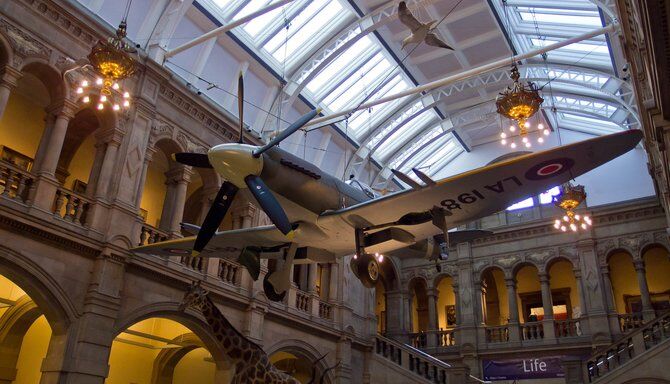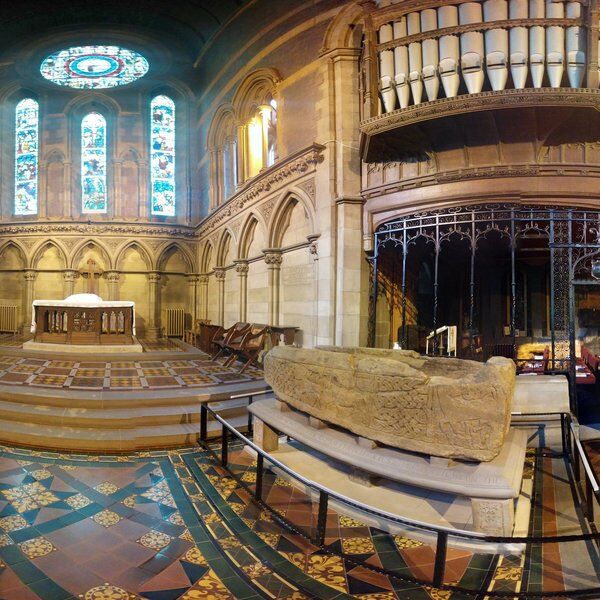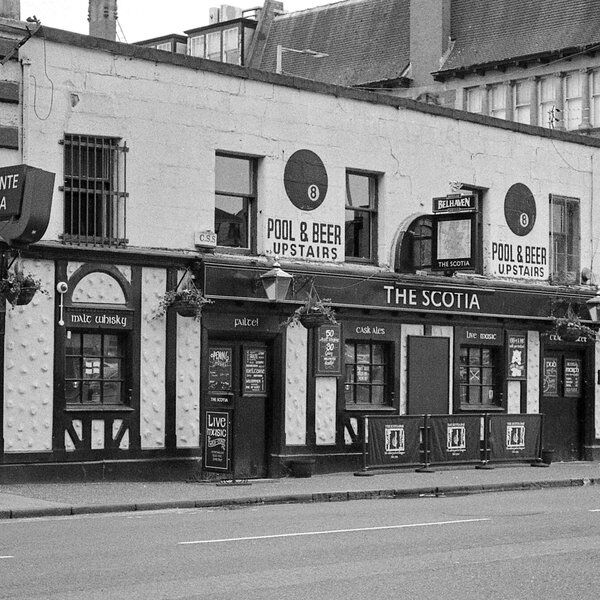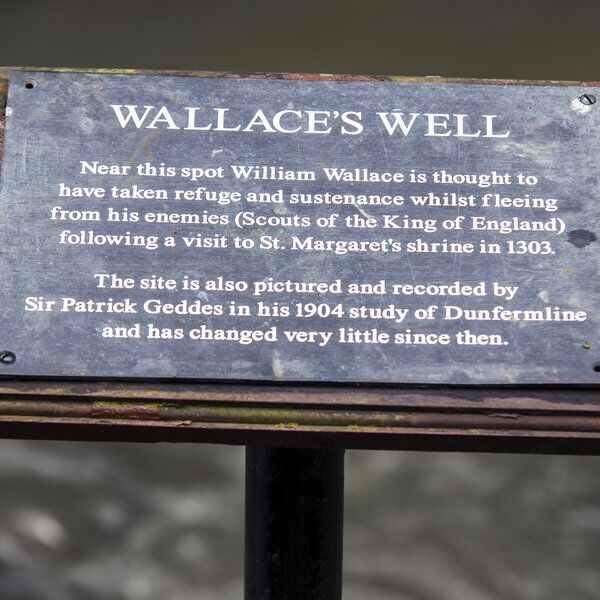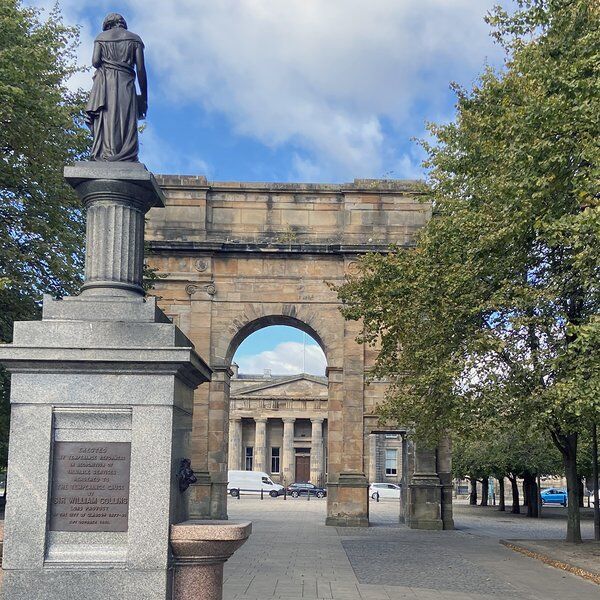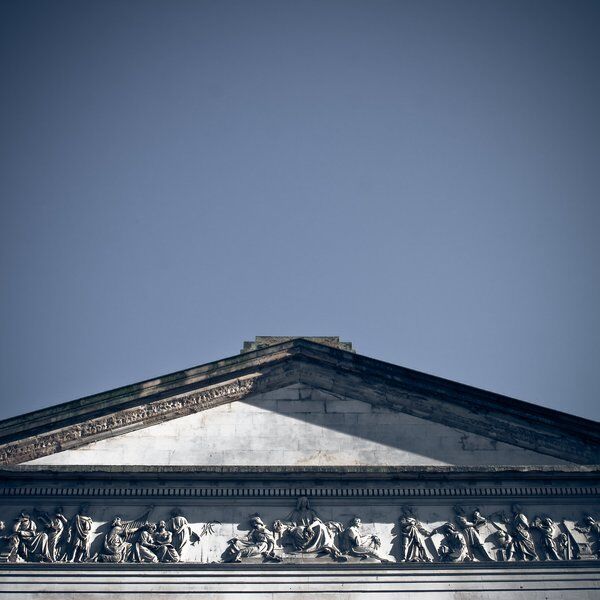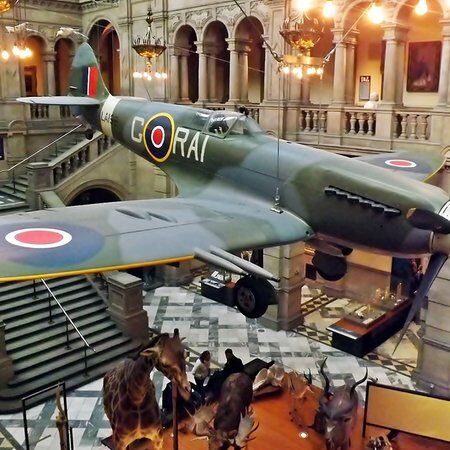
Discover the Spitfire LA198 in Glasgow
“What is thought to be the world’s best preserved non-flying Spitfire now resides suspended aloft at the Kelvingrove Art Gallery and Museum in Glasgow. LA198 was operated by No 602 (City of Glasgow) Squadron in the late 1940s until suffering a heavy landing at Horsham St Faith on 22 July 1949. The aircraft subsequently travelled around various airfields in Britain for many years until being gifted to the city almost 50 years later.”
The Supermarine Spitfire F Mk.21, with the registration LA198, holds a significant place in aviation history. Constructed on 21st September 1944, at South Marston, the aircraft initially served with distinction under No. 1 Squadron at RAF Manston. Later, on 12th May 1947, LA198 was reassigned to 602 Squadron (City of Glasgow) of the Royal Auxiliary Air Force.
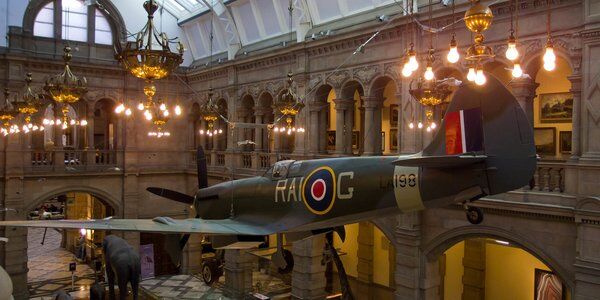
Beyond its operational duties, LA198 also played a role in cinematic history, featuring in a prestigious war film. However, LA198's journey didn't end with its wartime exploits or its silver screen appearance. Following a period of neglect, the aircraft underwent an extensive restoration effort, which restored it to its former glory and saw it suspended in the Kelvingrove Art Gallery and Museum.
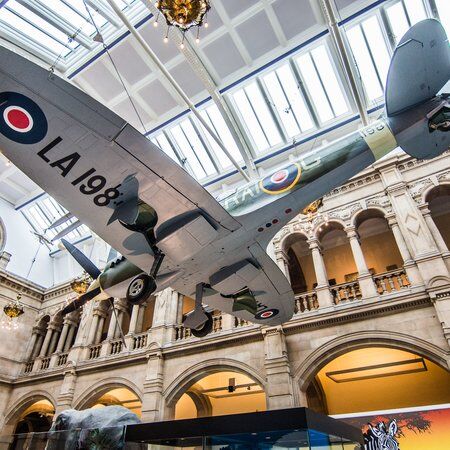
What is a Spitfire?
During World War II, Spitfires were the epitome of agility and firepower. Constructed primarily of lightweight aluminium, these iconic aircrafts offered minimal protection against enemy fire, leaving pilots, many of whom were barely out of their teens, vulnerable in the skies. The LA198 had a Rolls Royce Griffon 61 engine, surpassing the power of its Merlin predecessor, alongside a distinctive 5-blade propeller.
Behind their seats, the only defence against bullets was a thin layer of steel. In the event of an emergency, pilots had to manually pop open the canopy to abandon the aircraft. This was preferably done while flying upside down, leveraging gravity for a quicker exit. Each Spitfire was equipped with a crowbar, in case the canopy wouldn’t open.
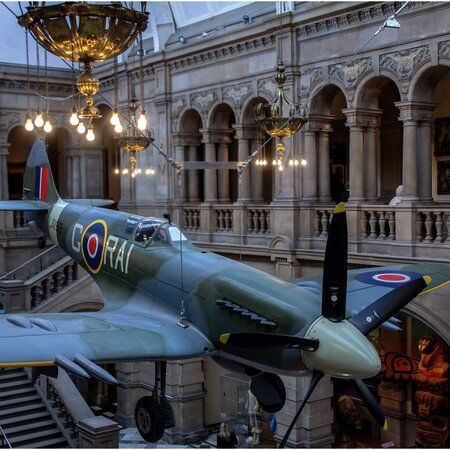
The Different Uses of Spitfire LA198
“Pranged on the runway."
LA198's tenure with the 602 Squadron lasted exactly 12 years. The squadron, based at Abbotsinch, was notable for being the first United Kingdom auxiliary squadron to receive Spitfires.
However, LA198's operational history met an abrupt halt on 22 July 1949 when it crashed due to engine trouble, an event recorded in the squadron's logbook as a runway incident that rendered the aircraft unfit for further flight. Despite this setback, the mishap proved serendipitous as it preserved LA198 from the fate of many Spitfires, which were sold off or scrapped upon retirement. Today, with fewer than 150 flightworthy Spitfires in existence, LA198's survival highlights its significance.

Over the following decades, LA198 played lots of different roles. From its cameo in the 1967 film "The Battle of Britain" to its role as a gate guardian at multiple RAF airfields in the 1980s, the Spitfire witnessed different parts of a broader aviation history. It even served as a tow plane for military aerial target practice. Despite enduring wear and tear, the aircraft found itself restored and showcased at Glasgow's Museum of Transport until the mid-90s.

Rescuing Spitfire LA198
The decision to bring LA198 back to Glasgow was a lengthy process, requiring parliamentary approval due to military equipment being under the ownership of the Ministry of Defence. Finally, in 1996, its return was sanctioned, paving the way for its restoration and eventual display in the city.
The meticulous restoration of Spitfire LA198 commenced in 1998 at the Museum of Flight in East Fortune, marking a collaborative effort between Glasgow City Council, the National Museums of Scotland, and the Scottish Executive.

After four years of dedicated work, the restoration project was finished in 2002. Displaying the aircraft received support from various sources, including a £100,000 contribution from BAA Glasgow.
Today, the Spitfire is elegantly suspended in mid-air above West Court within the grand Victorian halls of Kelvingrove. Appearing frozen in flight, visitors are able to witness the LA198 firsthand, from the ground floor, where the Spitfire looms overhead, to the first-floor mezzanine.

Our Thoughts…
As visitors gaze upon the Spitfire LA198, they pay tribute to the brave men and women who fought valiantly to defend freedom and democracy.
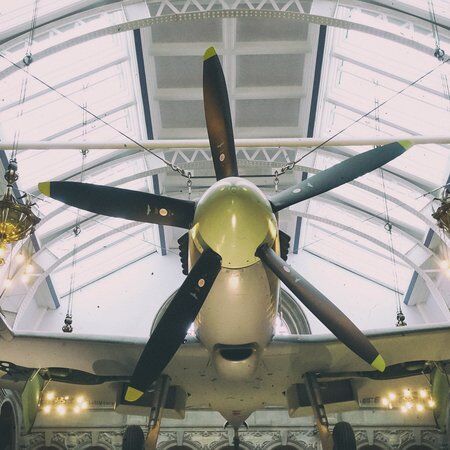
Discover More about Glasgow with CityDays
Ready to discover more of what Glasgow has to offer?
CityDays have a brand new treasure and scavenger hunt in Glasgow which combines the fun of an escape room with the historic facts and whimsical trivia of a walking tour!
Take the stress out of planning your visit to Glasgow and book your adventure today!
Not visiting Glasgow this time? Don’t worry, you’ll find us all over the world.
